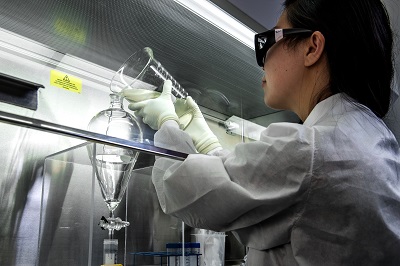To apply for EU CE certification of medical devices, several conditions must be met to ensure compliance with the regulatory requirements under the Medical Device Regulation (MDR) or In Vitro Diagnostic Regulation (IVDR). Here are the key conditions that must be fulfilled:
Device Classification: Determine the correct classification of your medical device according to the MDR or IVDR. Device classification determines the applicable conformity assessment route and requirements.
Conformity Assessment Procedure: Select the appropriate conformity assessment procedure based on the device classification:
- For Class I Devices: Typically, self-certification by the manufacturer based on the Declaration of Conformity.
- For Class IIa, IIb, III Devices: Involvement of a Notified Body for conformity assessment, which may include audits, technical documentation review, and testing.
- For In Vitro Diagnostic Devices: Generally require Notified Body involvement for conformity assessment, including performance evaluation and verification.
Technical Documentation: Prepare comprehensive technical documentation that demonstrates conformity with the Essential Requirements (for MDR) or General Safety and Performance Requirements (for IVDR). This documentation typically includes:
- Device description and specifications
- Design and manufacturing information
- Risk management documentation
- Clinical evaluation report (for medical devices)
- Labeling and instructions for use
Quality Management System (QMS): Implement and maintain a Quality Management System compliant with ISO 13485:2016 or equivalent standards. The QMS should cover design controls, production processes, risk management, and post-market surveillance.
Clinical Evaluation (for medical devices): Conduct a clinical evaluation to demonstrate the safety and performance of the device based on clinical data and scientific literature.
Declaration of Conformity (DoC): Prepare and sign the Declaration of Conformity, affirming that your device meets all applicable requirements of the MDR or IVDR.
Authorized Representative (if applicable): If your company is based outside the EU, appoint an Authorized Representative within the EU to act on your behalf regarding regulatory compliance.
CE Marking: Affix the CE marking to your device once conformity is verified. The CE marking indicates compliance with EU regulations and allows market access within the EU and EEA.
Post-Market Surveillance: Implement a system to monitor the performance of your device post-market and to collect feedback, complaints, and adverse event reports.
Compliance with EU Regulations: Ensure compliance with all relevant EU regulations, directives, and standards applicable to your medical device.

Contact Us:
Whatsapp or Wechat:+86 15816864648;email address:hito.lin@grzan.cn
.png)
.jpg)
.png)

.png)